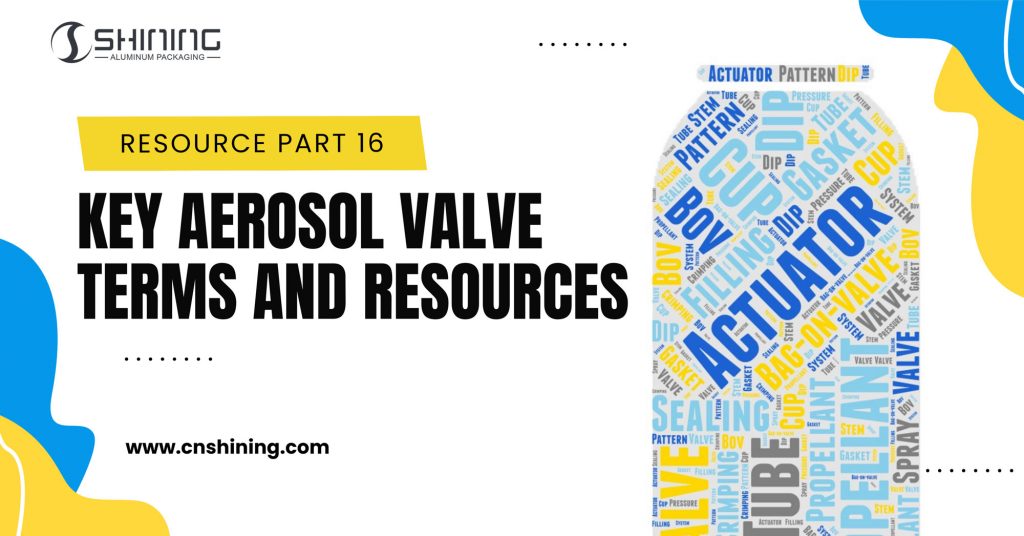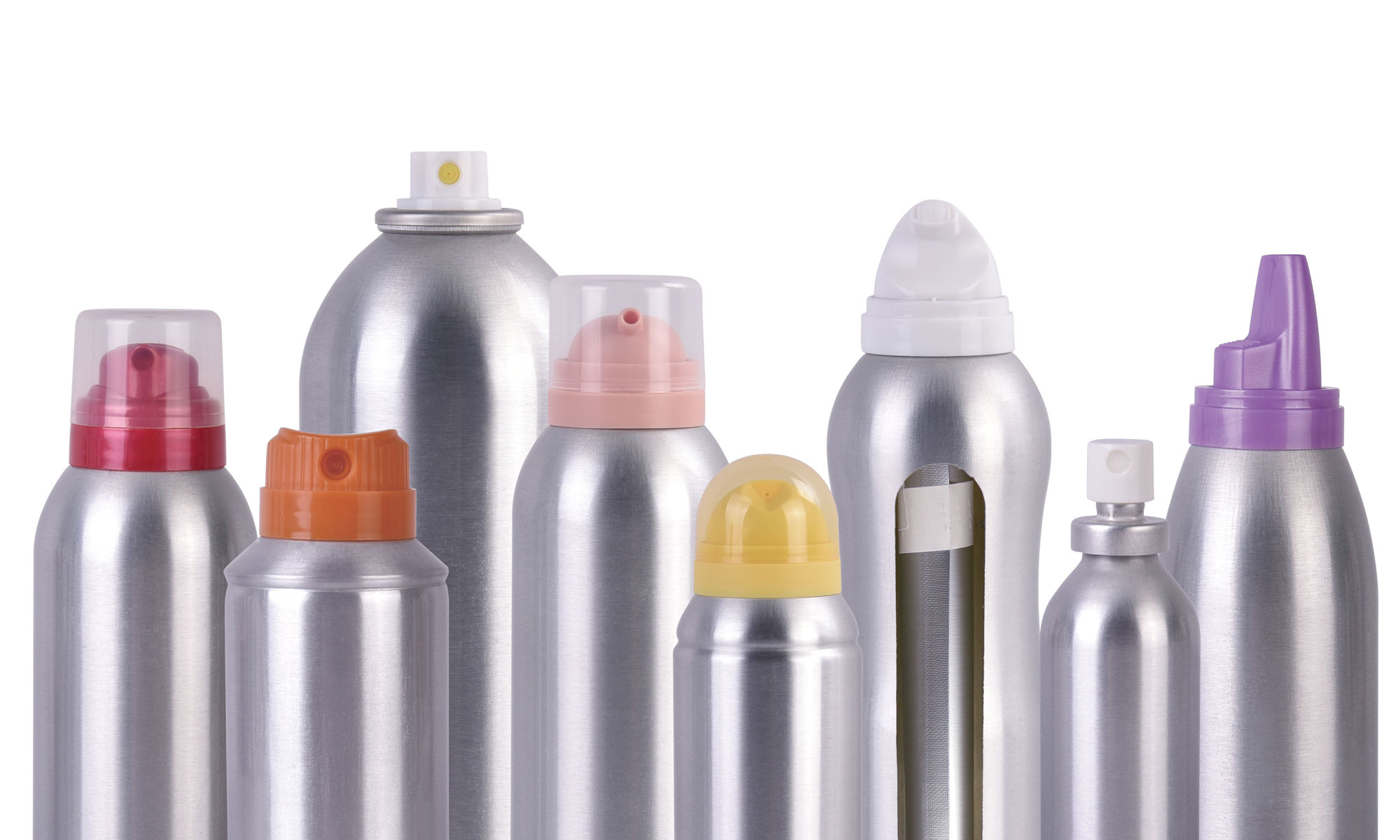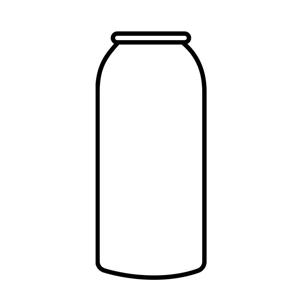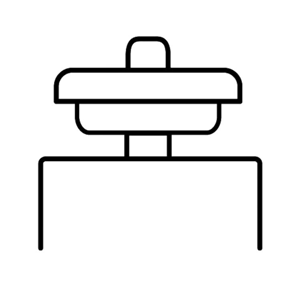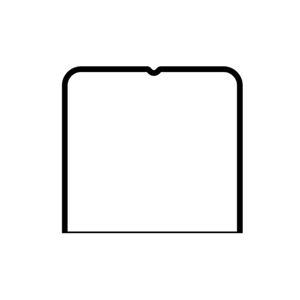Введение в терминологию аэрозольных клапанов и отраслевые ресурсы
В мире производство аэрозольных клапанов, четкое понимание основных терминов и доступных ресурсов может иметь огромное значение. Аэрозольные клапаны — это сложные системы, используемые в различных отраслях промышленности: от косметики до продуктов питания и автомобилестроения, и требуют точного проектирования для соответствия как нормативным стандартам, так и ожиданиям потребителей. Это руководство служит всеобъемлющим справочником для производителей и поставщиков, в нем подробно излагаются ключевые термины и ресурсы, помогающие профессионалам выбирать, проектировать и оптимизировать аэрозольные клапаны для своей продукции.
Почему понимание терминологии, касающейся аэрозольных клапанов, важно для производителей
Понимание конкретных компонентов и функций аэрозольных клапанов имеет решающее значение в производстве. Знание этих терминов помогает производителям гарантировать качество, функциональность и безопасность своей продукции. Этот глоссарий охватывает термины от типов приводов до пропеллентных систем, предоставляя как опытным, так и новым производителям преимущество в контроле качества и инновациях.
Глоссарий основных терминов по аэрозольным клапанам
1. Актуатор
Исполнительный механизм — это часть клапана, на которую пользователь нажимает, чтобы выпустить продукт. Исполнительные механизмы бывают разных конструкций, каждая из которых влияет на скорость распыления, схему и поток. В версиях с механическим (MBU) и немеханическим (non-MBU) разделением исполнительные механизмы предназначены для различных применений: от мелкодисперсного тумана до целенаправленного распыления. Различные конструкции исполнительных механизмов могут напрямую влиять на производительность продукта, особенно в таких областях применения, как дезодоранты и инсектициды, где важны постоянные схемы распыления.
2. Пропеллент
Пропелленты — это газы, часто сжиженные или сжатые, которые создают давление в аэрозольных баллончиках. Распространенные типы включают углеводороды, азот и углекислый газ. Выбор пропеллента влияет на конструкцию и применение клапана. Например, углеводороды обеспечивают высокое давление, но имеют экологические соображения, тогда как азот является негорючим, экологически чистым вариантом.
3. Погружная трубка
Погружная трубка простирается от клапана в продукт, позволяя жидкости всасываться и распыляться. Правильная длина и материал погружной трубки имеют решающее значение для постоянного качества распыления, особенно для высоковязких или пенящихся продуктов. Большинство погружных трубок спроектированы для максимального удаления продукта без засорения.
4. Чашка клапана
Чашка клапана фиксирует клапан на банке и обеспечивает точку соединения для привода. Различные материалы (луженая сталь, алюминий) выбираются на основе совместимости продукта, поскольку чашка клапана должна выдерживать внутреннее давление, не нарушая целостность продукта.
5. Опрессовка
Обжим — это процесс присоединения клапана к банке, обеспечивающий герметичное уплотнение для предотвращения утечек. Это точная процедура, часто требующая специального оборудования и строгого контроля качества для обеспечения надежной герметизации. Неправильный или несоосный обжим может привести к поломке клапана и утечке продукта.
6. Корень
Шток направляет продукт из погружной трубки в привод, контролируя расход. Изготовленные обычно из пластика, штоки поставляются с различными размерами отверстий для контроля расхода и характеристик распыления, что особенно важно для специализированных применений, таких как пищевые или промышленные аэрозоли.
7. Уплотнительная прокладка
Уплотнительная прокладка — это компонент, обеспечивающий герметичность клапана, когда он не используется. Различные формулы, такие как неопрен или бутилкаучук, используются в зависимости от химического состава аэрозольного продукта, предотвращая утечки и обеспечивая стабильность продукта с течением времени.
8. Наполнение под давлением
Наполнение под давлением — это метод, при котором продукт заполняется под давлением, чтобы обеспечить полное заполнение банки. Этот метод обычно используется в приложениях, требующих быстрого выпуска продукта и высокой производительности, как в чистящих спреях и освежителях воздуха.
9. Система «мешок на клапане» (BOV)
В системе bag-on-valve продукт хранится в пакете внутри баллона, отдельно от пропеллента. Это обеспечивает отсутствие контакта между пропеллентом и продуктом, что идеально подходит для чувствительных составов, таких как косметика или фармацевтика.
10. Схема распыления
Форма распыления — это форма и консистенция продукта при его распылении. Формы распыления могут варьироваться от узких струй до широких туманов, каждая из которых подходит для определенных применений, таких как спреи для тела или промышленные смазочные материалы. Регулировка привода или отверстия может оптимизировать форму распыления для различных целей.
Ключевые отраслевые ресурсы для производителей аэрозольных клапанов
Для производителей важно быть в курсе последних стандартов и рекомендаций. Вот некоторые важные ресурсы и организации:
- Ассоциация производителей специализированных потребительских товаров (CSPA): Предоставляет отраслевые стандарты и технические ресурсы, в частности для соблюдения требований охраны окружающей среды и безопасности. веб-сайт CSPA.
- Европейская федерация аэрозолей (FEA): Устанавливает европейские стандарты производства аэрозолей, имеющие решающее значение для поставщиков, работающих на международном уровне. Сайт FEA.
- Национальная ассоциация по аэрозолям (NAA): американская организация, предлагающая рекомендации, новости отрасли и техническую поддержку производителям аэрозолей. веб-сайт НАА.
- Управление по охране труда и промышленной безопасности (OSHA): Обеспечивает безопасные условия труда и предлагает рекомендации по обращению с ракетным топливом и опасными веществами. Веб-сайт OSHA.
Часто задаваемые вопросы: Аэрозольные клапаны
Чтобы помочь производителям и поставщикам, ниже приведены ответы на некоторые часто задаваемые вопросы:
- Какой пропеллент лучше всего подходит для экологически чистых применений? Сжатые газы, такие как азот и углекислый газ, являются хорошим выбором для экологически чистых продуктов.
- Как обеспечить равномерный рисунок распыления? Используйте приводы с технологией MBU для получения мелкодисперсного и равномерного распыления.
- В чем важность опрессовки? Правильная опрессовка обеспечивает герметичность, предотвращает утечки и сохраняет качество продукции.
- Как выбрать правильную длину погружной трубки? Погружная трубка должна достигать дна банки, чтобы обеспечить полный слив продукта.
- Можно ли использовать один и тот же клапан для продуктов разной вязкости? Нет, для оптимального управления потоком выбирайте клапаны и штоки, соответствующие конкретной вязкости.
- Какова роль уплотнительной прокладки? Прокладки предотвращают утечки и обеспечивают стабильность продукта, сохраняя герметичность.
- Существуют ли нормативные требования к аэрозольным клапанам? Да, соблюдение стандартов таких органов, как OSHA и FEA, имеет важное значение.
- Для чего используется система Bag-on-Valve? Системы BOV идеально подходят для чувствительных составов, требующих отделения от пропеллента.
- Как можно контролировать скорость распыления? Отрегулируйте размеры отверстий штока или используйте модификации привода для управления скоростью распыления.
- Где я могу найти больше ресурсов по технологии аэрозольных клапанов? Такие организации, как CSPA, FEA и NAA, предоставляют ценные технические ресурсы.
Вывод
Глубокое понимание терминологии и ресурсов аэрозольных клапанов дает производителям знания для создания более безопасной и высококачественной продукции. Для получения дополнительной информации, свяжитесь с нами напрямую или посетите наша страница аэрозольного клапана для последних предложений и обновлений продукции. Давайте работать вместе, чтобы улучшить ваши аэрозольные решения!

















